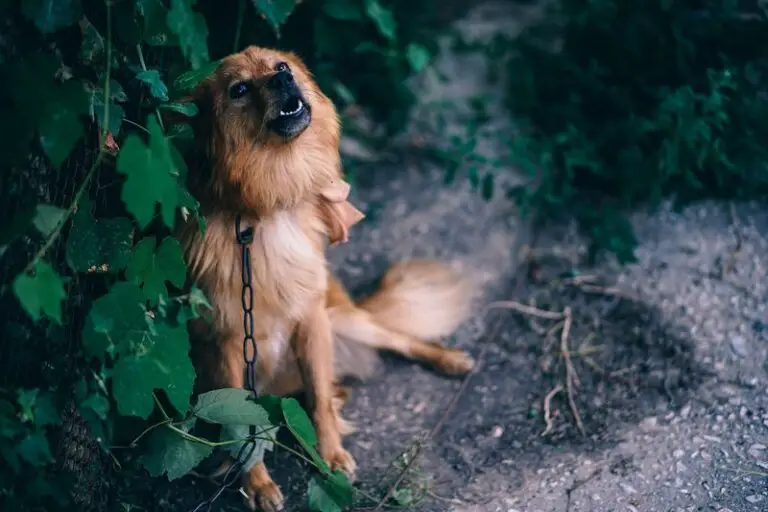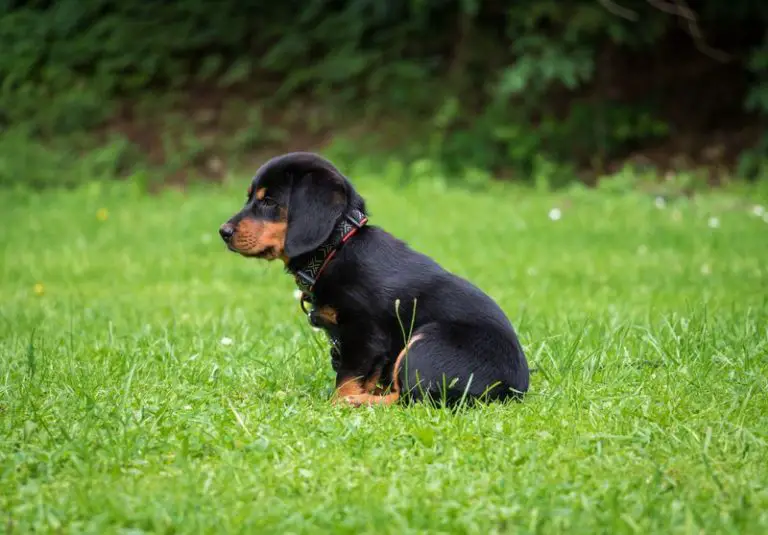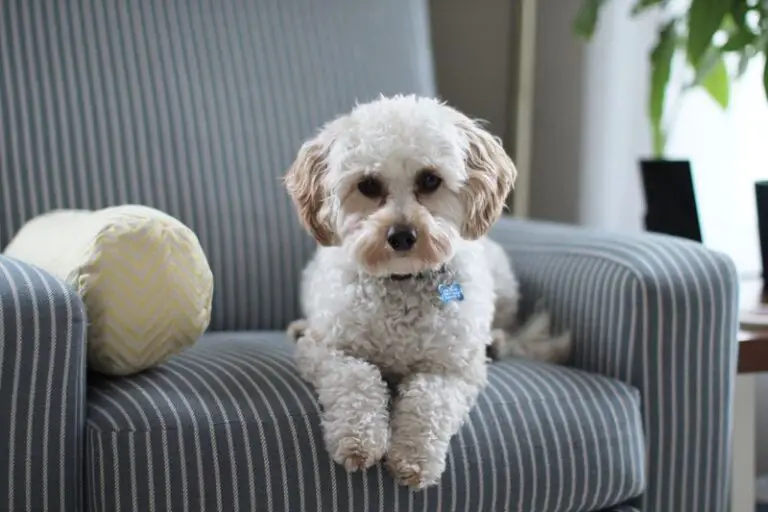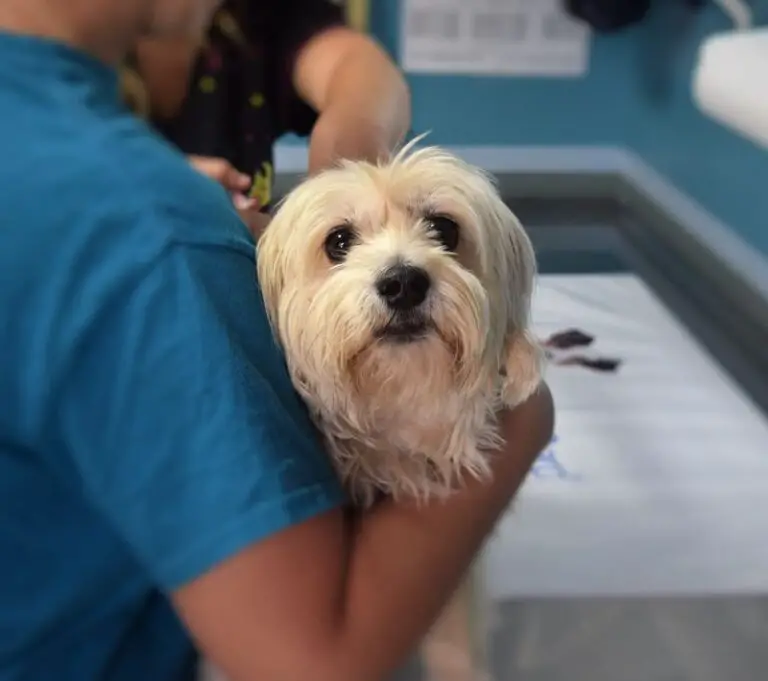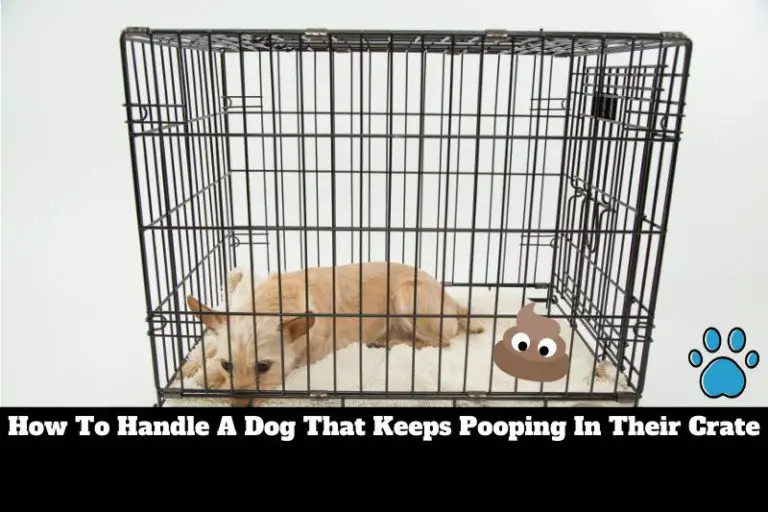How Do You Lure a Puppy? What’s the First Step?
As many dog owners will know, tackling the task of training your puppy can be an arduous one. Puppies are often compared to toddlers in the fact that they are hard to control, hard to teach, and easily distracted by anything that has a sound or a smell. Because each puppy has its own personality, it can be hard to get a handle on it when trying to teach it basic commands like “sit” and “stay”.
Thankfully, there are many different methods of training puppies. All of these methods depend on what your puppy responds best to.
Some puppies are eager to learn and are easy to train. Other puppies are motivated by treats and food. If your puppy is one of the latter and is more interested in treats and food, you can use this to your advantage with puppy luring.
Puppy luring is a specific method of training that utilizes “luring” your puppy with food to get it to follow your command. For puppies that are very interested in food or something that has a strong smell that your puppy likes, this is a much easier way of beginning to teach your puppy the basic commands that it will need to know in its adult life.
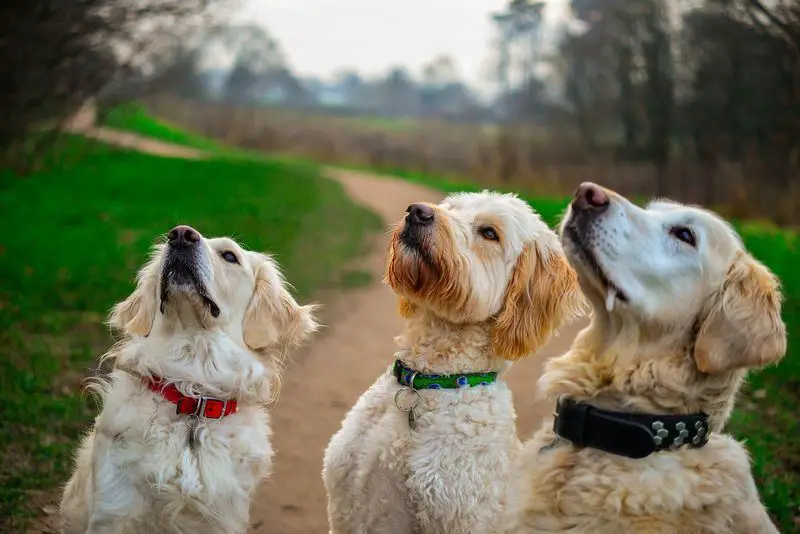
Many people appreciate the practice of puppy luring because it is considered a “force-free” method of training. This means that it requires no physical manipulation nor does it involve punishing the dog in any way.
There are many breeds of dogs that do not respond well to punishments and negative reinforcement; if your puppy is one of those breeds, then this gives you all the more reason to try out this force-free method of training.
The first step to begin puppy luring is to first understand the basics of it so that you can employ this method of training more effectively. From there, it will be a matter of working with your puppy on finding the best lure, how to lure the dog, and eventually removing the lure from the equation.
Understanding the Basics of Puppy Luring
The ideology behind force-free training goes farther than an owner’s preference in training methods though. It actually trains the dog more effectively, helping it to learn these behaviors more quickly.
When an owner tries to force a dog to listen or to move into a specific position, the puppy is naturally going to be confused, meaning that it will resist and push back. It also won’t quite understand why it is getting a treat after being forced into a specific position, meaning that it is going to take longer for your puppy to learn basic commands.
On the other hand, with puppy luring, the puppy is the one who makes the choice to sit in the position that you are “luring” it to sit in. When the puppy chooses to sit in a position and is then rewarded for choosing that behavior, there is a much better chance that it will begin associating that position with commands and it will learn to follow those commands much more easily and with less resistance.
This is the idea behind puppy luring.
The next step will be understanding how puppy luring works and what you have to do. In essence, you will want to use the natural behavior of a puppy moving its nose toward a strong, desirable smell to get it to sit in a preferred position for a command.
For example, to prepare your puppy to learn the “sit” command, you would position the lure in a way so that your puppy is sitting up straight. You then mark this behavior, associating it with the command and setting the foundation for training.
By nature, puppies follow strong smells with their noses first and their bodies second. You will generally position your hand with the lure in a way to lead your puppy to sit or lie down, letting the puppy’s nose guide the way.
Now that you have an idea of how puppy luring works, it is time for you to choose a lure that your puppy will be most interested in. Of course, this will depend entirely on your puppy and its preferences but more often than not, you will be choosing a food with a strong smell that your puppy enjoys.
Finding the Best Lure for Your Dog
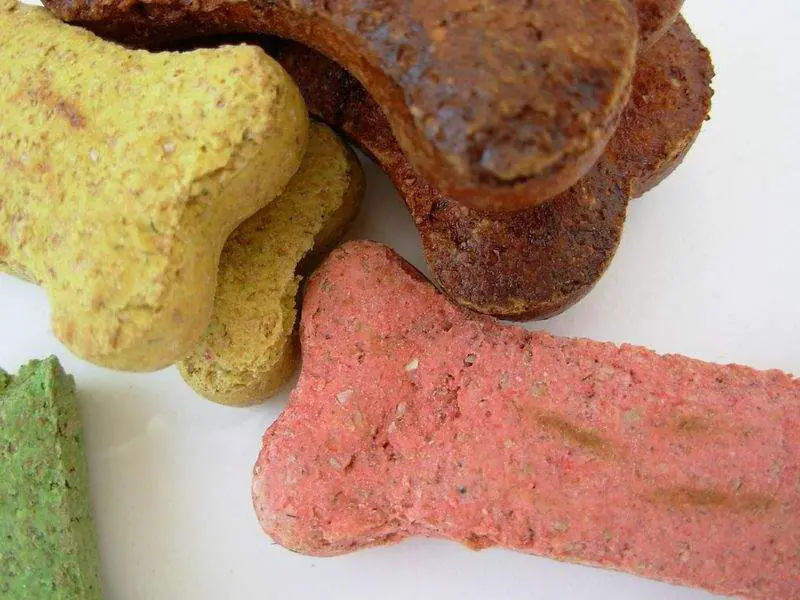
The key to puppy luring is to use a lure that your puppy wants and will easily follow with its nose. This usually means that you will be using a piece of food that has a strong smell that your puppy is interested in, although some puppies will respond better to using their favorite toy or blanket.
When trying to decide on a lure to use, you will want to try it out and see how interested your puppy is in following the lure. For an optimal lure, your puppy should be intent on following it with its nose.
You shouldn’t worry too much about your puppy being overeager and trying to take the lure out of your hand as you can use this to your advantage in teaching the puppy to stay still in the preferred position.
The most common lures are going to be ones with enticing smells. This will usually be a piece of (warm) chicken, a hot dog, or maybe even particularly fragrant kibble.
If your dog enjoys fish, then this is a quick and easy way to get something that has a strong smell to it. If your dog is more motivated by its favorite toy, you can consider using this as well.
Keep in mind that if your puppy isn’t strongly motivated by food and won’t follow a toy with its nose, then puppy luring isn’t going to be the best method to use to train your puppy.
Once you have found a lure that your puppy is interested in, you can begin using that lure to teach it positions for common commands. This process is usually straightforward and is one of the best ways of teaching your puppy the foundations for commands that it will be learning.
Where to Begin
Now that you have the lure and you are ready, you can begin puppy luring for the first time. You will want to place the lure in your hand. During this, it will be important for you to establish that the lure is not actually a treat for your puppy.
If the puppy tries to snatch or grab it away, it should not get a treat and you should treat the situation as the training not quite working as intended. Instead, you should show your dog that your other hand, the hand without the lure, has a treat in it.
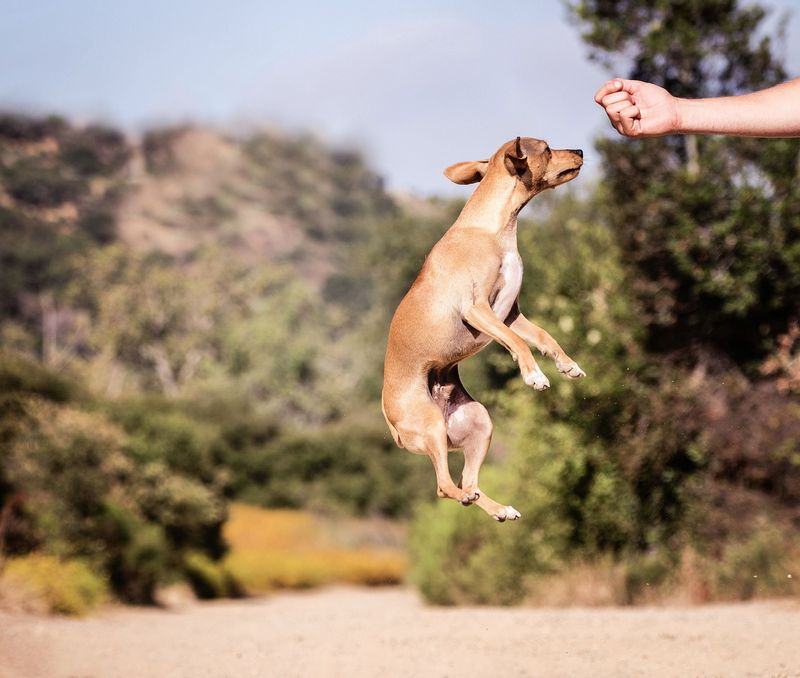
Many calmer puppies will quickly learn to differentiate this but there are some puppies that will try and wrestle the lure from your hand. If this happens, you will need to take a step back and teach your puppy that the lure is only for following with its nose; it is not a treat.
Once your puppy understands this, you can begin moving the lure to a position that has your dog sitting or lying down the way that you want it to. Often, holding the lure somewhat above the puppy’s head will lead to a sitting position. Holding the lure close to the floor, somewhat away from the puppy, will lead to a lying-down position.
If you want to teach your puppy how to stand, then you would want to hold the lure high above its head, inviting the puppy to stand on its hind legs for it. (Some puppies may be too young and uncoordinated to stand on their hind legs. If you notice this, you may want to wait until the puppy is a bit older to teach it how to stand).
You can also utilize this to teach your puppy to walk toward you or to move to your side. This can be done by moving the lure in the direction that you want your puppy to go and if the puppy is sufficiently interested, then it will follow.
While you are doing this, you should be rewarding your puppy as well as using both command names and hand motions (with your lure hand) so that your puppy can associate these positions with the cues and commands. When you are doing this and the puppy reaches the desired position, you should call out the command and show the cue. Once you do this, then you can praise your puppy for staying in place.
This helps reinforce the behaviors that you want in your puppy. When you are rewarding your puppy, never reward it from the hand with the lure. The lure should only be used as a piece of smelly bait, which is exactly what it is.
When you are offering your puppy treats, you should use your other hand to help your puppy distinguish this.
Adapting to Your Dog’s Interests
It is generally understood that puppies will all have different interests and you will need to adapt to this as you are puppy luring. Some puppies are easily distracted by sounds, sights, and other smells.
If this is the case, then you will need to practice luring in a part of your home that doesn’t have these distractions. Likewise, if your puppy is too intent on trying to pry the lure out of your hands, you are going to need to teach it to only follow the lure with its nose.
This will be important as it will help your puppy focus more on positioning than on the lure itself.
If your puppy responds well to clickers rather than treats, you can use this instead. Clickers help puppies associate the noise with doing something good, which will help reinforce that behavior in the future.
If your dog is responsive to this, then you will want to use the clicker each time that your puppy reaches (and stays) in the desired position. You should only use the clicker if your puppy has already learned to associate the clicker with praise as introducing the clicker alongside the puppy luring might be too much for a young puppy to handle at once.
For puppies that are more interested in toys, you can use this to your advantage. Rather than giving your puppy a treat for reaching the desired position, you can play with the puppy once it has held that position for a sufficient amount of time.
However, you should try not to give the puppy the toy every time. Instead, you should still make sure that you have some treats on hand to distinguish the lure from a reward.
Once your puppy is properly following the lure and reaching the position you want, it will be time to fade the lure away. This will help your puppy learn the command itself, now that it fundamentally knows the behavior.
Changing Methods as Your Dog Learns
Now that your puppy understands the first step to puppy luring, it will be time to slowly take the lure and the treats away so that your puppy learns the command and cues. To begin, you will want to gradually reduce the number of times that you reward the puppy with a treat.
For the first few times, usually, the first five times, using a treat alongside praise works to establish that connection between the behavior and the reward.
As your puppy continues to do this, it should learn to perform the behavior, not for the treat but because it is learning commands. You should still give your puppy plenty of praise through pets and verbal cues for doing the right thing, though.
Next, you will want to rub the lure on your hand to transfer the smell. This will keep the smell of the lure around, but your puppy won’t be able to see the lure. You should begin following the same steps as earlier only this time, your hand should be empty.
This is a transitional step into not using any lure at all.
Some puppies can go directly from using a lure to using no lure while other puppies have a harder time with this. You should still sporadically reward your puppy for following the “lure” in this step as well, simply to continue the positive reinforcement. However, the majority of its reward should be in pets and verbal praise.
And finally, you will want to move on to using no lure at all. With this, you will be using your empty hand to lure the puppy into position. At the same time, you can also try using cues and commands to see if your puppy follows through on them. This is the part where your puppy now knows the behavior that it is supposed to do but it may not yet know the command or cue for it.
Once your puppy is able to get into position by following your empty hand, you will have successfully completed the puppy luring process. From here, it will simply be a matter of associating that behavior with the command and cue. You will soon have a well-trained puppy on your hands.
I hope that this article has been able to equip you with the tools and strategies that will help you to master the art of puppy luring.




